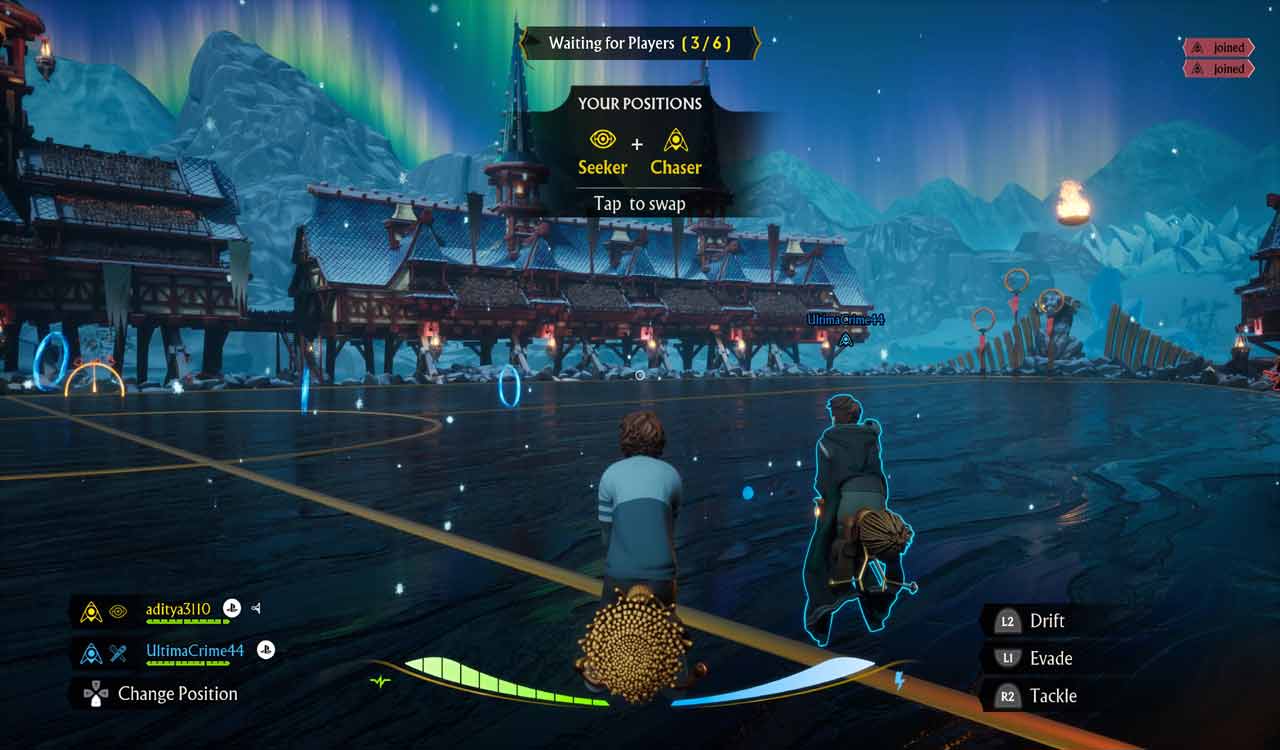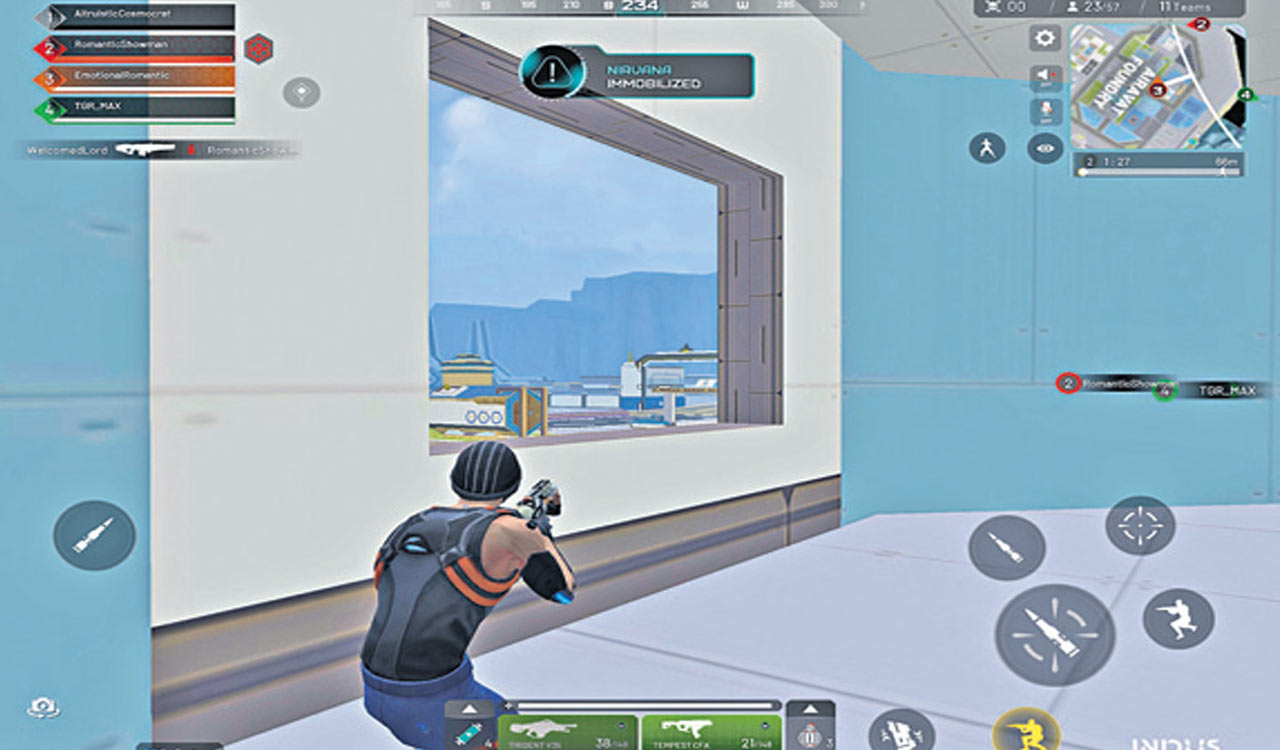What lies ahead for live service games
Does Sony’s renewed focus on SPGs mark a global shift in game making?

Hyderabad: The disaster of ‘Concord’ and its failure to attract the attention of players has been dissected and examined by most gaming journalists and industry experts in great detail.
While some have questioned how a project with so much time and funding could fail, others have followed the misfortunes of the team that developed ‘Concord’ after the game was scrapped and its servers went offline.
However, the predicament that ‘Concord’ faced isn’t unique to the live service game with an unexpectedly large sale price and a marketing approach that just failed to materialise as most makers of live service games have struggled to retain players of late.
For instance, this summer’s extremely popular ‘XDefiant’ is estimated to have lost nearly 7,00,000 of its 2.5 million players (32% of the playerbase) in June, a month after launch. In the nearly 6 months since launch, the game has gained players only in the months of August and November.
Similarly, Warner Bros’ gaming division has recently posted losses of nearly $200 million after the underperformance of the live service game ‘Multiversus’ and the online-centric ‘Harry Potter: Quidditch Champions’.
The failure of the games on this list highlights a major problem that plagues live service games – their inability to remain attractive and offer value for loyal/engaged players. It is essential that players view these games as not just places to commit time and effort to but also as sites of being where they find meaning and community while at the same time begin to think of in-game acts as habits and rituals.
However, that transition isn’t possible if game makers think of live service games as smash and grab opportunities. If one were to look at two such free-to-play (f2p) games from this year — ‘Indus Battle Royale’ (made by SuperGaming) and ‘Squad Busters’ (made by Supercell), the difference in their approach to player engagement becomes clear.
In the case of ‘Indus’, there was a lot of time and money spent to create hype before the game’s launch but little was done to assuage the players or keep them interested after the game’s lacklustre launch. ‘Squad Busters’, too, had a less-than-perfect launch as most fans found little meaning and almost no skill-based value in the game.
There were too many inconsistencies as players lacked clarity between fusion characters, mega characters, and also how specific elements of the star-up mechanism worked. However, the game makers were invested in offering value to players and in less than 45 days (since launch) completely overhauled the game’s elements.
The message is clear – one firm chose to reach out to their players with utmost transparency and is focused on improving the game while the other chooses to ignore criticism and feedback.
At a time when the metrics for measuring a game’s success have drastically changed, it is important to realise that players’ time and efforts can no longer be taken for granted. Thus, practices like developing detailed monetisation strategies and systems have neither meaning nor purpose if the games they are part of offer no reason for players to return the next day.
The live service bubble has burst – and, once again, there is only value for great gaming experiences and games that offer emotional connections and meaning to their players.
Related News
-
Haiti gang attack on journalists covering hospital reopening leaves 2 dead, several wounded
1 hour ago -
21 dead as Mozambique erupts in violence after election court ruling
1 hour ago -
Cartoon Today on December 25, 2024
9 hours ago -
Sandhya Theatre stampede case: Allu Arjun questioned for 3 hours by Chikkadpallly police
10 hours ago -
Telangana: TRSMA pitches for 15% school fee hike and Right to Fee Collection Act
10 hours ago -
Former Home Secretary Ajay Kumar Bhalla appointed Manipur Governor, Kerala Governor shifted to Bihar
10 hours ago -
Hyderabad: Organs of 74-year-old man donated as part of Jeevandan
10 hours ago -
Opinion: The China factor in India-Nepal relations
10 hours ago




